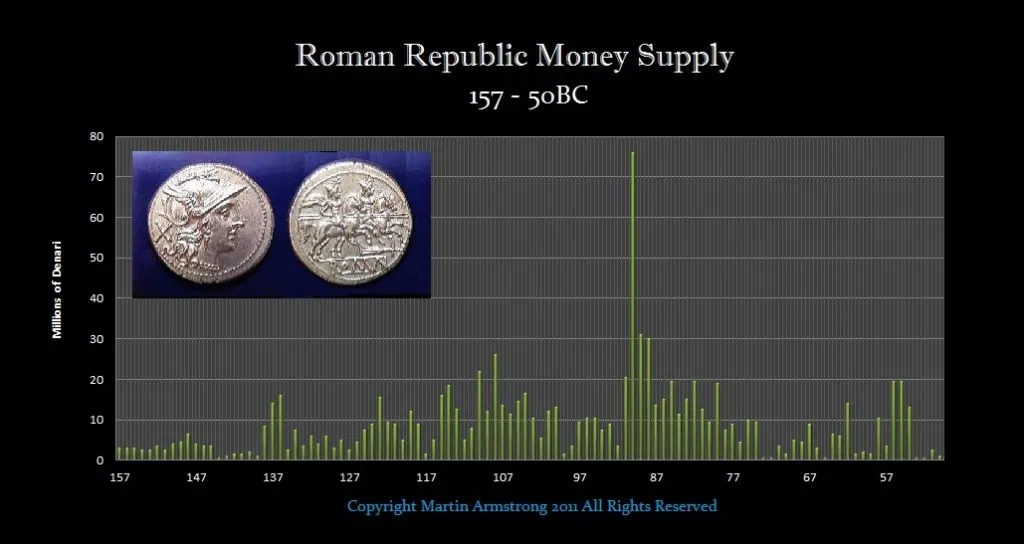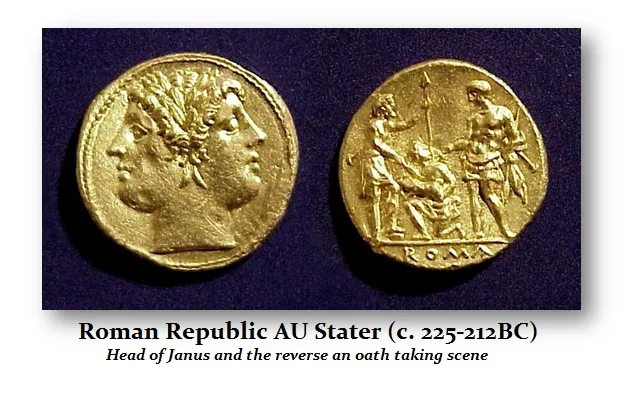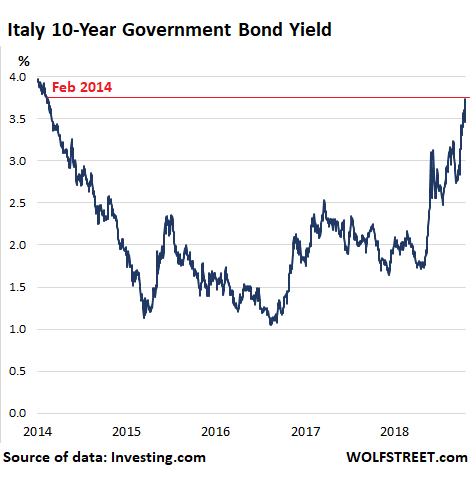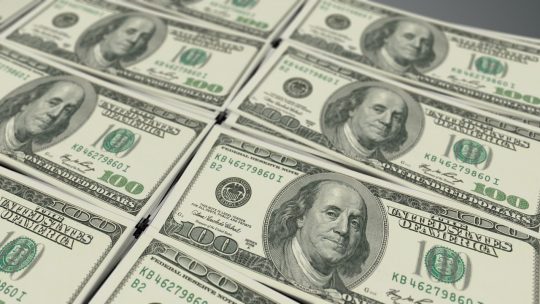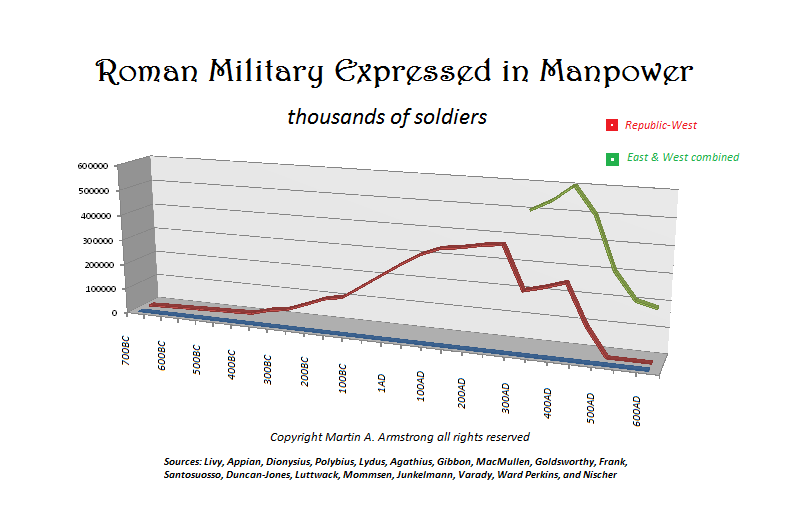 Stocks are falling again, and many believe that this new crisis is only just beginning. After a disappointing end to last week, a lot of investors were hoping for a bounce to start this week, but so far that has not materialized. As I write this article, all the big markets in Asia are down, and it looks like it is going be be a rough morning for Wall Street. Of course we probably won’t see too much movement as global markets wait to see what happens on Tuesday, and those results could potentially move things up or down substantially. Ultimately, I have a feeling that Wall Street will not be too happy if control of Congress is divided, because that would almost certainly mean that very little will get accomplished in Washington for the next two years. Instead, we will likely see even more bickering and fighting than we are seeing now.
Stocks are falling again, and many believe that this new crisis is only just beginning. After a disappointing end to last week, a lot of investors were hoping for a bounce to start this week, but so far that has not materialized. As I write this article, all the big markets in Asia are down, and it looks like it is going be be a rough morning for Wall Street. Of course we probably won’t see too much movement as global markets wait to see what happens on Tuesday, and those results could potentially move things up or down substantially. Ultimately, I have a feeling that Wall Street will not be too happy if control of Congress is divided, because that would almost certainly mean that very little will get accomplished in Washington for the next two years. Instead, we will likely see even more bickering and fighting than we are seeing now.
But no matter what happens in the short-term, a lot of experts are convinced that the big market crash that everyone has been waiting for is finally here.
One of those experts is David Stockman.
Stockman is a former member of Congress, and he was the Director of the Office of Management and Budget under President Ronald Reagan. These days he is a frequent contributor on CNBC, and he recently told the network that there will be “a 40 percent stock market plunge”…
David Stockman warns a 40 percent stock market plunge is closing in on Wall Street.
Stockman, who served as President Reagan’s Office of Management and Budget director, has long warned of a deep downturn that would shake Wall Street’s most bullish investors. He believes the early rumblings of that epic downturn is finally here.
…click on the above link to read the rest of the article…







